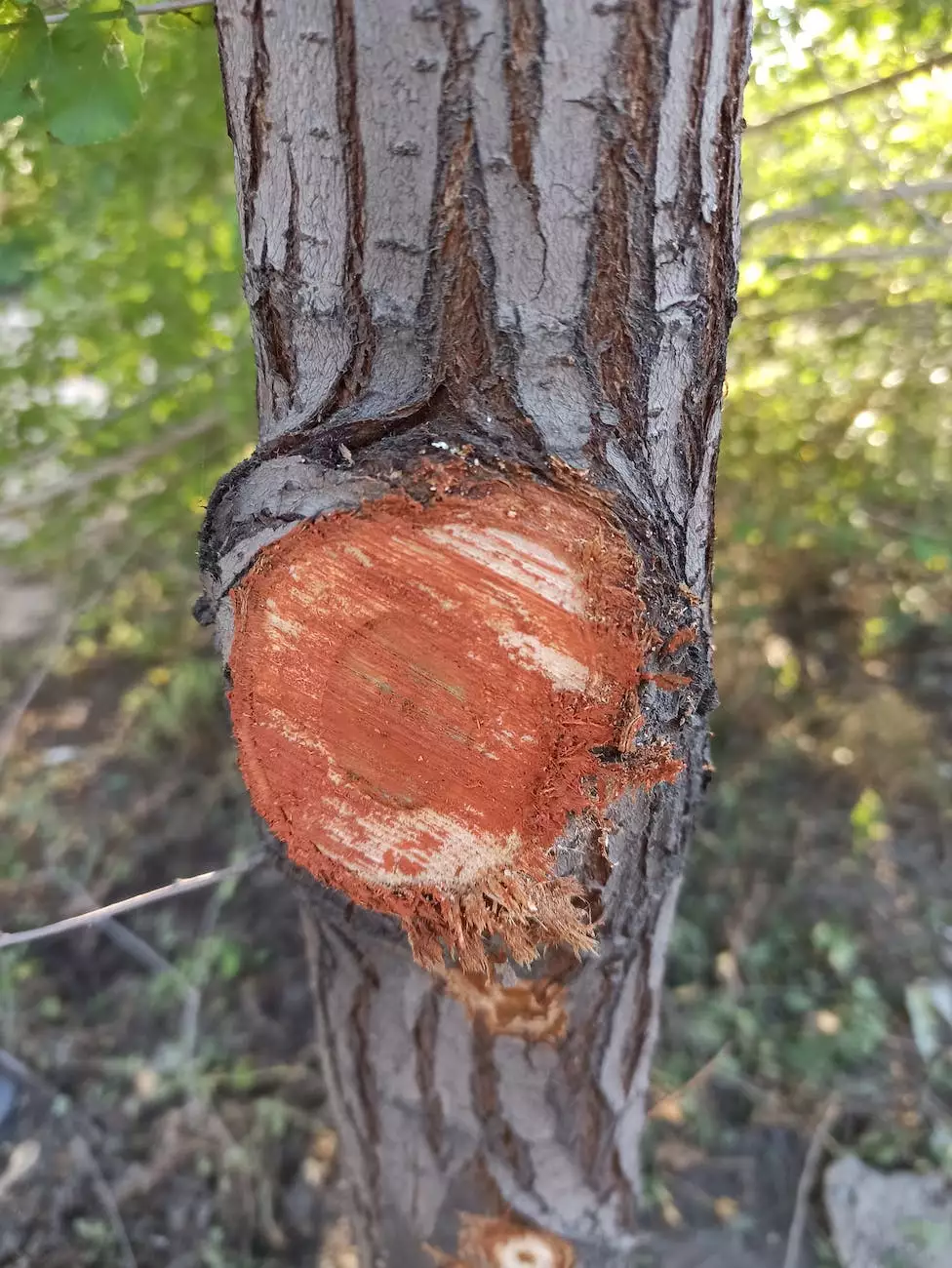The Ultimate Guide to Optimize Your Construction Company's Web Design
Blog
Introduction
Welcome to Sost Media, the premier digital marketing agency in the business and consumer services industry. In this comprehensive guide, we will walk you through the process of optimizing your construction company's web design to increase visibility, attract relevant traffic, and drive conversions. With our expertise, you can outrank your competitors in search engine rankings and maximize your online presence.
Understanding the Importance of Web Design for Construction Companies
A well-designed website is crucial for construction companies to establish credibility, showcase their expertise, and attract potential clients. Your website serves as a digital storefront, leaving a lasting impression on visitors and influencing their decision-making process. It is essential to create a visually appealing and user-friendly website that showcases your projects, services, and key differentiators in the construction industry.
Key Elements of an Optimized Construction Company Website
1. Responsive and Mobile-Friendly Design
In today's digital age, more and more users access the internet using mobile devices. Therefore, it is imperative to ensure that your construction company's website is responsive and mobile-friendly. A responsive design adapts to different screen sizes, providing an optimal user experience across devices. This not only improves user satisfaction but also plays a crucial role in search engine rankings.
2. Fast Loading Speed
Website speed is a critical factor in user experience and SEO. Slow-loading websites frustrate users and lead to higher bounce rates. Optimizing your web design to minimize page loading times is essential for retaining visitors and improving search engine rankings. This can be achieved through various techniques such as website caching, image optimization, and coding best practices.
3. Clear Navigation and User-Friendly Layout
A user-friendly website should have clear navigation menus and an intuitive layout that allows visitors to quickly find the information they are looking for. Consider organizing your construction company's website into logical categories, making it easy for users to navigate through different sections. Implementing a search bar can also enhance user experience and make your website more user-friendly.
4. Engaging and Relevant Content
High-quality and relevant content is the cornerstone of any successful SEO strategy. Create informative and engaging content that speaks to your target audience's pain points and offers solutions. Incorporate relevant keywords strategically throughout your website, including in headings, paragraphs, and meta tags.
5. Visual Appeal and Branding
As a construction company, showcasing your work visually is crucial. Incorporate high-quality images and videos of your completed projects to engage potential clients. Additionally, ensure that your website reflects your brand identity, utilizing consistent colors, fonts, and overall aesthetic. A visually appealing website helps create a memorable impression and sets you apart from competitors.
6. Testimonials and Case Studies
Building trust is essential in the construction industry. Including client testimonials and case studies on your website can help establish credibility and showcase your expertise. Highlight successful projects, client testimonials, and any relevant industry awards or certifications to instill confidence in potential clients.
7. Call-to-Action (CTA) Buttons
Optimizing your construction company's website for conversions involves strategically placing clear and compelling call-to-action buttons throughout your web pages. These buttons should guide visitors towards taking the desired action, whether it's requesting a quote, scheduling a consultation, or subscribing to your newsletter. Make sure your CTAs stand out and are easily clickable.
Optimizing On-Page Elements for Search Engine Rankings
1. Page Titles and Meta Descriptions
Creating unique and keyword-rich page titles and meta descriptions is vital for SEO. Craft compelling titles that accurately describe your page's content while incorporating relevant keywords. Meta descriptions provide a brief summary of your page on search engine result pages, so make sure they are concise, informative, and enticing to encourage click-throughs.
2. Heading Tags
Utilize heading tags (H1, H2, H3, etc.) to structure your web pages and make them more readable for both users and search engines. Incorporate relevant keywords in your headings to optimize them for search engine rankings. Remember to maintain a logical hierarchy throughout your content, with H1 tags for main headings and subsequent tags for subheadings.
3. Image Optimization
Optimizing images on your construction company's website is crucial for both user experience and SEO. Compress images to reduce their file size without compromising quality, add descriptive alt tags using relevant keywords, and ensure images are properly sized for optimal loading times. This helps improve page speed and accessibility while providing additional opportunities for search engines to understand the context of your images.
4. Internal Linking
Implementing a well-structured internal linking strategy can help search engines discover and index your content effectively. Link relevant pages within your website using descriptive anchor text, making it easy for both search engines and users to navigate and access relevant information. Internal linking also improves the flow of link equity throughout your website.
Conclusion
Optimizing your construction company's web design is a crucial step towards achieving online success. By following the strategies outlined in this ultimate guide, you can enhance your website's visibility, attract relevant traffic, and ultimately generate more leads and conversions. Remember, Sost Media is here to help you every step of the way. Contact us today to unlock the full potential of your construction company's web design!










